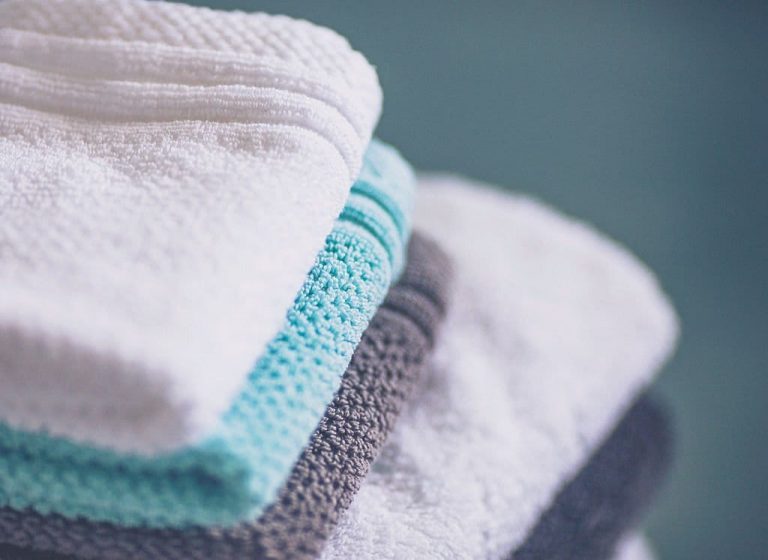
Fat represents about 3-5% of the content of human breast milk. It varies at different times of the day and from mom to mom. In particular, the fat content gets higher as the feeding session goes on.
Together with protein, minerals, and other nutrients, fat plays an important role in controlling the quality of the breast milk.
That’s why I’ve received some questions from readers who ask me about how to make breast milk fattier. This article is my answer!
What You Need to Know Before Making Your Breast Milk Fattier
Foremilk and Hindmilk
Foremilk is the breast milk released during the beginning of a feeding session. It contains more water, protein, and other nutrients, but it has a low-fat content leading to low calories. On the other hand, hindmilk is also the breast milk but released during the end of the feeding session. It’s very high in fat, but it’s less watery leading to low in volume.
As the feeding continues, the foremilk will gradually transform into the hindmilk, which makes the fat content of the milk stably rise as the volume of milk drops. This transformation is 100% natural, and thus, there is no magic to make it happen immediately. The milk will be fattier and less nutrient over time no matter what you try.
Fat and Calorie Content in Human Breast Milk
- In general, the average fat content of breast milk is about 1.2 grams/ounce.
- Having more fat means having more calories. In general, breast milk contains about 22 kcal of calories per ounce.
How to Make Breast Milk Fattier?
1. Change Your Diet
Many people misunderstand that the mom’s diet and breast milk have a strong relationship. But this is wrong. In fact, the mom’s diet has a little influence on her milk, and a low-nutritious diet is more likely to impact the mom rather than her baby.
However, little influence doesn’t mean having no effect at all. Your body still needs good diets to make breast milk fattier.
Some foods, like avocados, vegetable oil, coconut oil, coconut milk or nuts, are rich sources of saturated fat. Don’t forget including plenty of fruits, veggies, dark green leafy vegetables, and grains in your daily meals. They not only contain healthy fat but also provide you with a nice energy boost.
According to a study published by the University of California in 2012, Amerindian women (or American Indian women) have more beneficial Omega-3 fatty acids, which is important for newborn cognitive and visual development, in their breast milk compared to women in the US.
The bottom line here is that the Amerindian women’s diet contains mostly locally grown staple crops, wild game, and freshwater fish.
2. Stay Away from Trans Fat
Trans fat is often found in sweet processed foods, such as cakes, biscuits, sandwiches, pies, candies, crackers, and popcorn. It’s used as an additive to improve the taste and a preservative to extend the expiry date.
However, since it can trigger the growth of some diseases, including diabetes, stroke and heart disease, it has been banned by the US Food and Drug Administration (FDA) since 2015.
According to research published by European Journal of Clinical Nutrition in 2011, breast milk released from a sugar-addicted mom increases the likelihood that her newborn will have high levels of body fat. Trans fat also boosts adiposity in both babies and moms.
The research also shows that mothers consuming over 4.5 grams of trans fat per day have a six times greater risk of obesity.
You might realize that bottle-fed babies eat less often in comparison with breastfed ones. That’s because they’re easier to break down the proteins and fats in breast milk compared to that of the formula. By getting away from trans fat in your daily meals, you’re also helping your baby to develop a proper digestive system.
3. Add Food Supplements
Sunflower Lecithin (Amazon) is a prominent food supplement that I found on the market. This product has been high rated stars and received a lot of positive feedbacks from customers. Its main purpose is to help moms prevent blocked ducts and keep the clogs away by increasing the percentage of fatty acids in the milk.
Once you get it, you’ll have another rich source of essential, healthy fatty acids. In case you have blocked milk ducts, there is no doubt that this product is just for you. Besides, it’s safe to take (non-GMO and contains no preservatives), relatively cheap, and proven to work. The dose is 4 soft gels (1200mg for each) per day.
4. Change Feeding Sessions
There are two simple ways which impact on the feeding sessions to boost the fat in breast milk. They both works on the same principle: giving your baby more hindmilk.
The first way is to make the feeding sessions longer. As I said, as the feeding continues, the mom will deliver more hindmilk. If the nursing session is too short, your baby might not get a drop of hindmilk. This is not good!
The second way is to increase the frequency of feeding, in other words, decrease the time between two adjacent feeding sessions. Personally, I prefer this way because my boy didn’t like to nurse for a long period.
According to Kelly Bonyata, feeding close together makes breast milk fattier. She also suggests not switching breasts until the baby stops sucking.
5. Separate Your Milk
There is nothing special about this trick. It’s just a simple way to separate the hindmilk from the foremilk by pumping your milk into different containers. Here is the brief instruction for separating milk:
- Prepare at least two milk storage containers or storage bags.
- Pump breasts using a breast pump.
- After about 2 minutes since the milk has started flowing steadily, turn the pump off.
- Pour this milk into a container. This is the foremilk. You can label it if you want. The volume of the milk should be at least one-third of the total milk.
- Continue pumping using the breast pump until the milk drops to very low volume. It should take you about 2-3 minutes.
- Pour this milk into a different container. Finally, you have your desired hindmilk.
For more illustration, you can check the video below:
6. Massage your Breasts
There is no much different between this method and the breast compression. They both give the same effect: the hindmilk goes out more quickly. The main difference between them is that breast massages can be applied before and during feeding sessions, while breast compressions are only effective if applied during the feeding session.
Just reward yourself a gentle massage, and you’ll soon realize its benefits. There are many ways to do this. I tried some, and I found the best technique for me.
I started from my collarbone, then move downwards and towards the nipple in circles. You can do the same. Repeat the process. Make sure you put enough pressure into the whole breasts, and always start from the top and finish at the bottom.
The below video will teach you some other techniques. They’re slightly different. Check them and choose the most suitable.
Conclusion
Studies have shown that there is a correlation between the fat stores and the fat content of the breast milk. That’s why your body tend to put on the pounds during pregnancy and develop extra fat stores so that you can make fattier milk for your baby.
If you’re having any question or problem with breastfeeding or you’re wondering whether your milk is adequate for your baby or not, be sure to talk to a doctor or pediatrician. He/she knows what the best thing you have to do.
Now you know clearly how to make breast milk fattier. If you have any question, feel free to ask me in the comment box below. Thank you for reading and bye!

Hi, This is Emma Baster; As a mom, I spend my free time caring for my kids. I’ve read a lot on the Internet to improve my childcare skill and bring the best to my kids. Eruditemommy shares my knowledge and experience through helpful posts. I hope you enjoy them!







